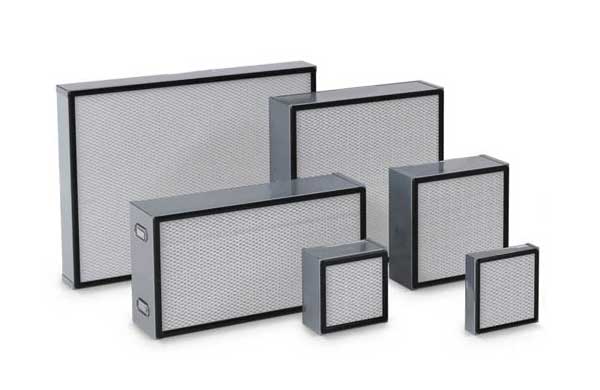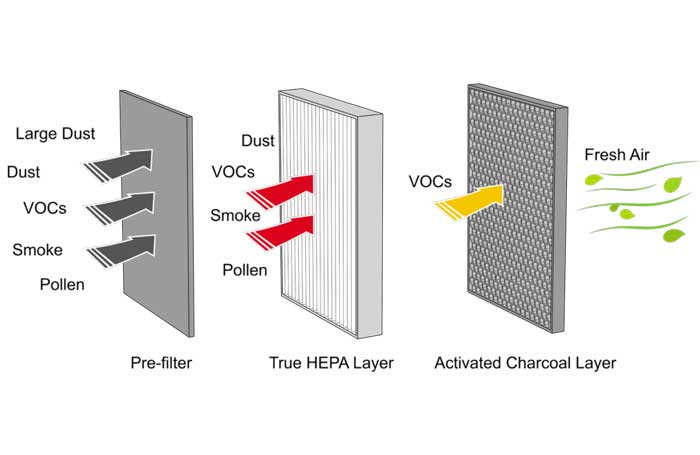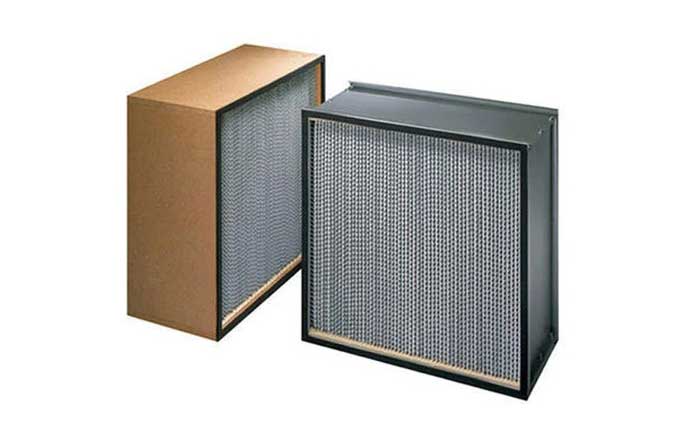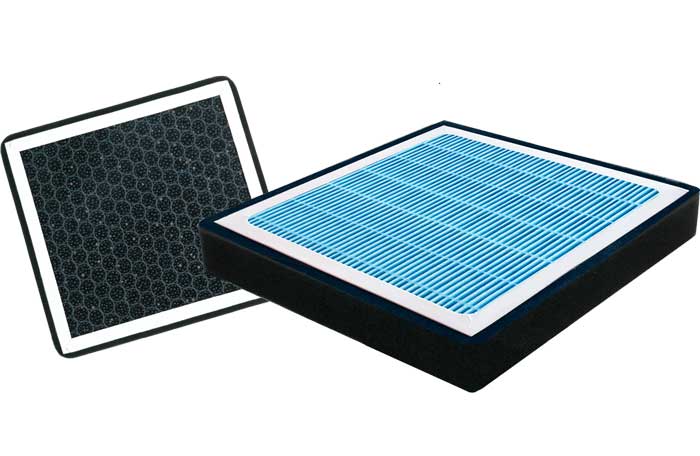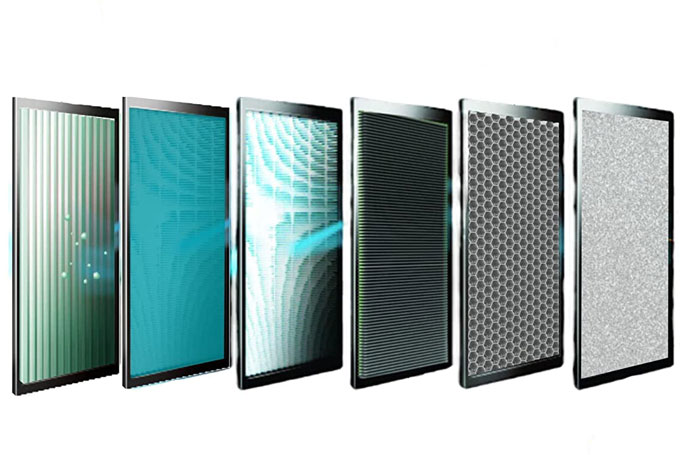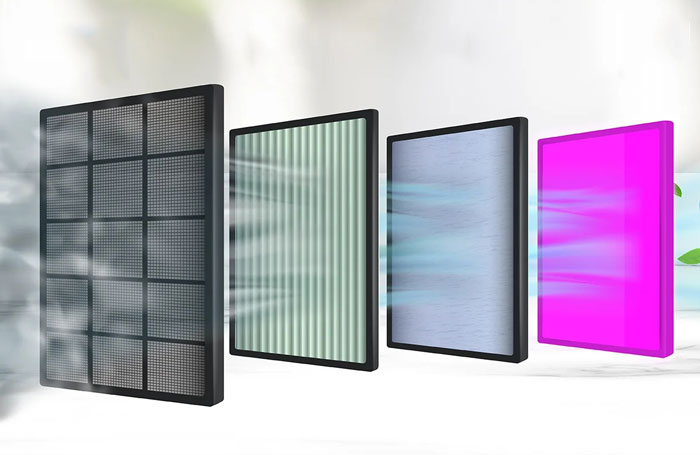The Role of Medium-Efficiency Filters

In the realm of air filtration, medium-efficiency filters occupy a crucial
position. They provide a balance between cost and performance, making them an
ideal choice for a wide range of applications. This article aims to delve into
the functions and significance of medium-efficiency filters.
1. Enhancing Air Quality
The primary role of medium-efficiency filters is to improve the quality of indoor air. These filters are designed to capture a significant portion of airborne particles, including dust, pollen, mold spores, and other allergens. By removing these contaminants from the air, medium-efficiency filters help create a healthier and more comfortable environment for occupants.
2. Balancing Cost and Efficiency
Medium-efficiency filters strike a balance between cost and performance. While high-efficiency filters may offer superior particle removal capabilities, they tend to be more expensive and may not be necessary for all applications. On the other hand, low-efficiency filters may be cheaper but may not provide adequate air quality improvement. Medium-efficiency filters provide a middle ground, offering reasonable particle removal capabilities at a manageable cost.
3. Protecting HVAC Systems
In addition to improving air quality, medium-efficiency filters also play a role in protecting heating, ventilation, and air conditioning (HVAC) systems. By trapping particles before they reach the system's components, these filters help reduce wear and tear on fans, coils, and other parts. This not only extends the lifespan of the HVAC system but also helps maintain its efficiency by preventing the build-up of dirt and debris.
4. Versatility in Applications
Medium-efficiency filters are suitable for a wide range of applications. They can be used in residential settings to improve indoor air quality in homes and apartments. In commercial spaces, such as offices, retail stores, and hospitals, these filters help create a healthier and more productive environment for employees and customers. They are also commonly used in industrial settings, where they protect sensitive equipment from harmful particulates.
5. Easy to Install and Maintain
Medium-efficiency filters are typically designed for easy installation and maintenance. Many models are compatible with standard filter housings, making replacement a straightforward process. Additionally, these filters often have a longer lifespan than low-efficiency filters, reducing the frequency of replacements and associated costs.
6. Environmental Considerations
While the primary focus of medium-efficiency filters is on improving air quality, they also contribute to environmental sustainability. By trapping and removing particles from the air, these filters help reduce the amount of dust and debris that would otherwise be released into the outdoor environment. This can have a positive impact on air quality and reduce the burden on outdoor air pollution control measures.
Medium-efficiency filters play a crucial role in improving indoor air quality, protecting HVAC systems, and enhancing occupant comfort. Their balanced approach to cost and performance, along with their versatility and ease of maintenance, make them a popular choice for a wide range of applications. As we continue to prioritize indoor air quality and the health of building occupants, the role of medium-efficiency filters will become increasingly important.

